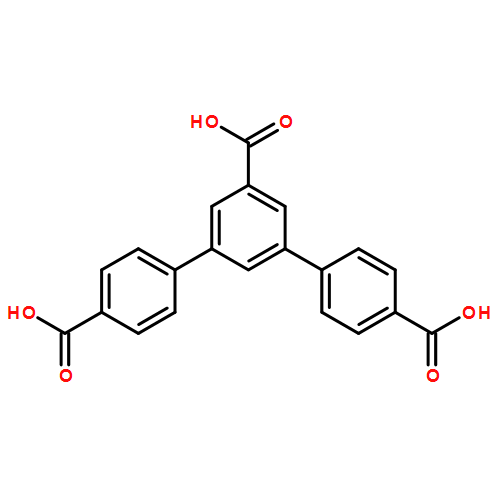Co-reporter: Yanlong Wang; Zhiyong Liu; Yuxiang Li; Zhuanling Bai; Wei Liu; Yaxing Wang; Xiaomei Xu; Chengliang Xiao; Daopeng Sheng; Juan Diwu; Jing Su; Zhifang Chai; Thomas E. Albrecht-Schmitt;Shuao Wang
pp: 6144-6147
Publication Date(Web):May 5, 2015
DOI: 10.1021/jacs.5b02480
Searching for new chemically durable and radiation-resistant absorbent materials for actinides and their fission products generated in the nuclear fuel cycle remain highly desirable, for both waste management and contamination remediation. Here we present a rare case of 3D uranyl organic framework material built through polycatenating of three sets of graphene-like layers, which exhibits significant umbellate distortions in the uranyl equatorial planes studied thoroughly by linear transit calculations. This unique structural arrangement leads to high β and γ radiation-resistance and chemical stability in aqueous solutions within a wide pH range from 3 to 12. Being equipped with the highest surface area among all actinide compounds known to date and completely exchangeable [(CH3)2NH2]+ cations in the structure, this material is able to selectively remove cesium from aqueous solutions while retaining the polycatenated framework structure.
